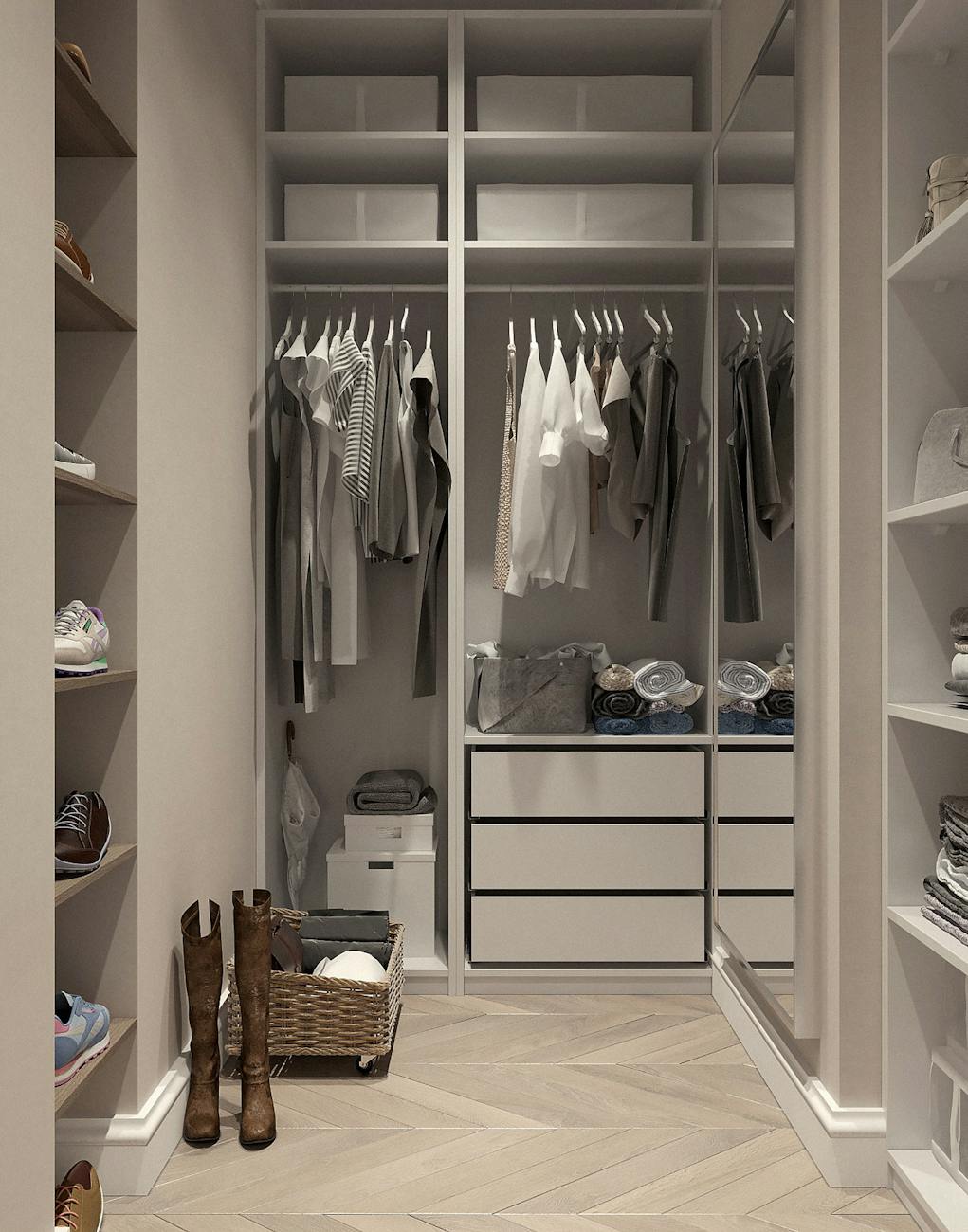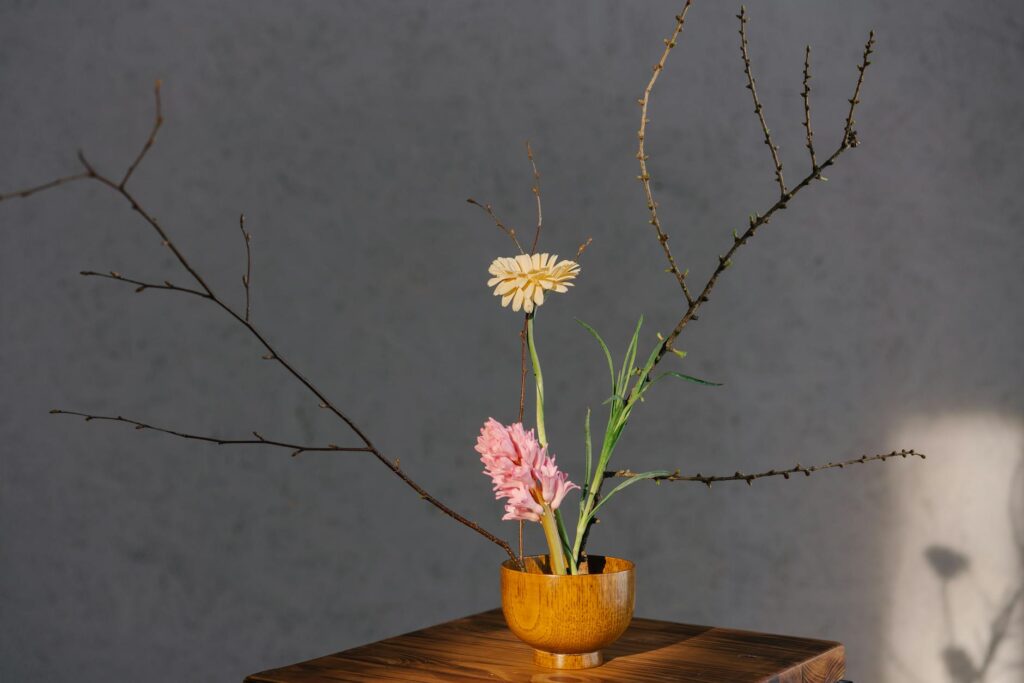Top home organization hacks to maximize your space
Introduction
Maximizing space at home is less about forcing items into cramped corners and more about smart choices that reshape how you live. This article explores practical, implementable home organization hacks that free up floor space, reduce clutter, and make everyday routines smoother. We begin by identifying what to keep and what to let go, then move into clever storage solutions, furniture strategies that multiply usable areas, and systems that prevent backsliding. Each section builds on the previous one so you end with a coherent plan you can apply room by room. Whether you live in a studio apartment or a family house, these techniques favor efficiency, aesthetics, and sustainability so your space works harder and feels calmer.
Assess and declutter
Effective organization starts with a realistic inventory. Before buying baskets or shelves, perform a focused assessment:
- Set clear goals: Identify the function of each room. Does your living room double as an office? Label zones accordingly.
- Use the 4-box method: Prepare boxes labeled Keep, Donate, Store, Trash. Handle items once and decide immediately.
- Apply the 6-month rule: If you haven’t used an item in six months (seasonal exceptions aside), consider donating or storing it off-site.
- Measure and map: Measure furniture and wall space, then sketch a simple floor plan. Knowing dimensions prevents poor purchases.
This first step reduces volume, making subsequent storage solutions more effective. Decluttering also clarifies what kinds of containers or furniture you truly need.
Smart storage solutions
Once you have fewer items, choose storage that matches purpose and access frequency. Use the “zone-access” principle: everyday items at hand level, occasional items higher or lower.
- Clear, labeled containers: Transparent bins reduce search time; labels keep categories consistent.
- Drawer organizers: Use adjustable dividers for kitchen utensils, office supplies, and clothing to avoid wasted space.
- Under-furniture storage: Low-profile rolling bins under beds and sofas reclaim dead space.
- Overhead and behind-door racks: Install slim shelves or pegboards in closets, pantries, and bathrooms.
Match container size to content. Overpacking large bins creates wasted volume; multiple small bins often stack and adapt better.
Maximize vertical and multi-use furniture
Transform floor area into active storage by thinking vertically and selecting pieces that serve more than one function.
- Vertical shelving: Floor-to-ceiling shelves utilize wall height; add crown or base trim to make them feel built-in.
- Loft and platform beds: Create under-bed storage or a workspace beneath elevated sleeping areas.
- Multipurpose furniture: Ottomans with storage, sofa beds, and extendable tables reduce the number of items in a room.
- Wall-mounted desks and fold-away tables: These free floor space when not in use and are ideal for small apartments.
Choosing multi-use items complements earlier decluttering because you can remove single-function pieces and replace them with flexible solutions.
Organizing systems and daily routines
Long-term success depends on systems and habits that maintain order. Without routines, even the best storage will fill up again.
- Adopt a weekly reset: Spend 10-15 minutes per day or a focused 45 minutes per week returning items to their homes.
- Entryway command center: Install hooks, a small shelf, and a basket for daily items to prevent traffic from spreading through the house.
- Use the “one in, one out” rule: For every new purchase, remove a similar item to avoid accumulation.
- Seasonal rotation schedule: Swap clothing and décor seasonally; store off-season goods in clearly labeled, vacuum-sealed bags or bins.
These routines connect directly to storage choices: when containers are labeled and accessible, routines become fast and automatic, keeping space optimized.
Quick reference: solutions at a glance
| Solution | Best room | Estimated space gain | Cost level |
|---|---|---|---|
| Under-bed rolling bins | Bedroom | 10-15% | Low |
| Vertical shelving | Living room, pantry | 15-30% | Medium |
| Wall-mounted desk | Home office, studio | 20-25% | Medium |
| Multi-use furniture | Living room, guest room | 25-40% | Medium-High |
| Clear labeled bins | Closet, pantry | 10-20% | Low |
Conclusion
Maximizing home space is a layered process: begin by assessing and decluttering, then select storage that reflects your needs, adopt vertical and multi-use furniture, and institute simple routines to maintain progress. Decluttering reduces volume so storage solutions are more targeted and cost-effective. Vertical systems and multipurpose furniture reclaim floor area, and consistent habits like a weekly reset and one-in-one-out keep clutter from returning. The table provides quick comparisons to help prioritize investments. By following this logical sequence you create a functional, calm environment that fits your lifestyle. Start small, measure results, and iterate; steady improvements compound into significantly more livable space.
Image by: Vika Glitter
https://www.pexels.com/@vika-glitter-392079




